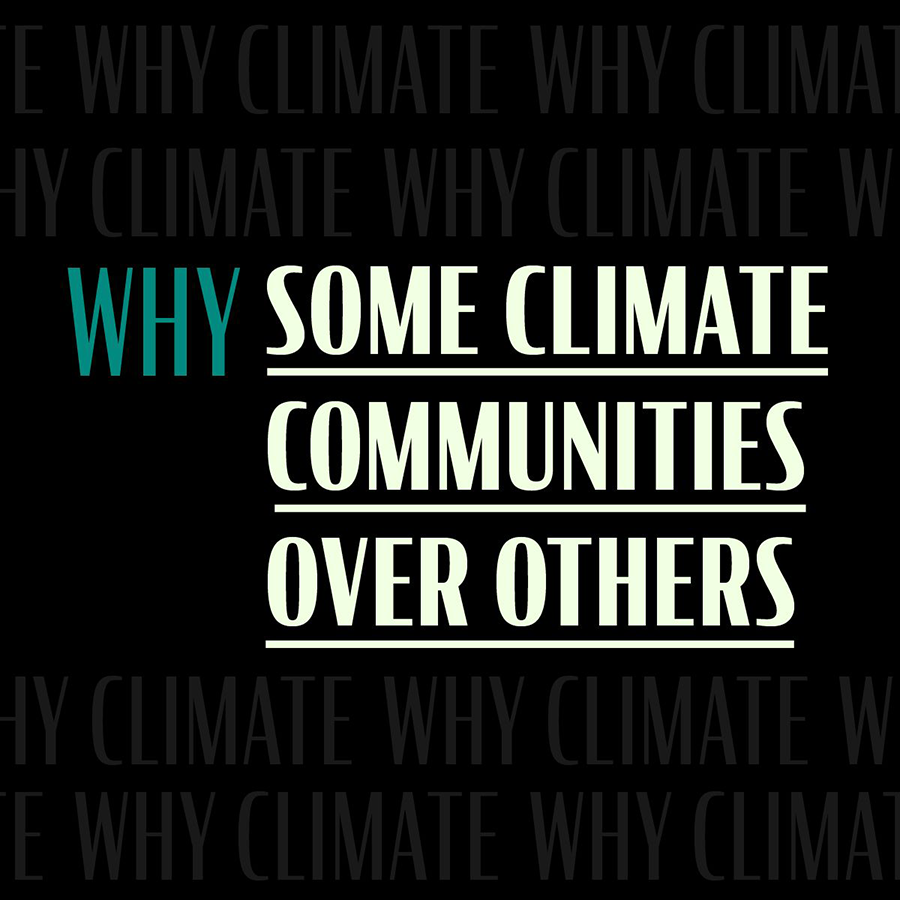Climate
Why Some Climate Communities Over Others?
Published
January 15, 2024
By
Team

Climate change is an urgent global issue affecting communities worldwide. While some climate communities, such as drought-struck farmers in India, have their struggles highlighted and prioritised by media outlets and governments, other groups have borne the burden of climate change with little public attention. Why is there a such a stark difference?
Intersectionality in climate progress
A significant inequality exists between developed and developing countries when it comes to the felt impact of climate change. While developed nations account for up to 40 per cent of the world’s CO2 emissions, the latter contributes only less than 15 per cent.
However, global warming knows no borders — although developing nations contribute the least to the accumulation of greenhouse gases, these communities are often hit the hardest, since large segments of their populations depend directly on activities most affected by climate change, such as agriculture and forestry, for their livelihoods. In addition, these countries typically do not have the capacity to protect themselves against the environmental impacts of global warming due to a lack of access togreen technology.
One example is Tuvalu, a Polynesian country situated in Oceania, classified by the United Nations as the “least-developed” nation in the world. Home to 11,000, the tiny island archipelago is predicted to become uninhabitable in the next 50 to 100 years due to rising sea levels. Without external help, the resource-poor country would be unable to defend itself against its impending fate which they had little hand in causing.
Therefore, pro-climate policy decisions cannot be made in isolation and it is more integral than ever that developing nations have a seat at the table. Only in doing so can policies recognise that countries differ in their economic capabilities, resources, and infrastructure, allowing for the world to jointly tackle the intricately linked issues of climate change and inequality.
Inequality within nations
In some cases, communities within a country face inequality when it comes to the impact of climate change on different groups. In 2021, the state of Texas in the US was hit with the phenomenon of record low temperatures. While the catastrophe was shared by millions, the suffering landed disproportionately on low-income Texans, who are largely Black and Hispanic.
Inequalities embedded in the state meant that the dire impact of the winter storm was felt acutely by communities who populated neighbourhoods with older homes as they had poor insulation and limited access to amenities. On top of these challenges, the Latino community had to endure the storm with little to no instructions as safety procedures and storm updates were not translated by the state government, despite their large Spanish-speaking population.
Similarly in Singapore, migrant workers are more susceptible to the impacts of global warming than the general population. These workers typically work outdoors in construction and landscaping, and are exposed to the elements for long hours. Despite that, their dormitories are often designed with little regard for Singapore’s sweltering weather, devoid of air-conditioning or shaded outdoor areas. As temperatures rise with climate change, they are thus disproportionately exposed to health risks. The option to remain indoors and switch on air-conditioning when necessary remains inaccessible to migrant workers who are even denied entry to air-conditioned public spaces.
Trade-off of climate policies
Beyond the direct impacts of climate change, well-intentioned climate policies can also cause some communities to suffer more than others when policies fail to consider the intersections of climate justice. For example, in 2021, Singapore introduced a petrol duty hike to encourage electrical vehicle (EV) adoption as part of the Singapore Green Plan 2030. However, the policy inevitably increased the financial burden on low-income delivery riders and private hire drivers, especially as affordable EV alternatives were not yet available for them to make the switch. Furthermore, the temporary increase in fares, implemented as a means for them to share the burden with consumers, ran the risks of driving customers away, which only increased the financial strain on drivers.
On the flip side, Costa Rica’s Payments for Environmental Services (PES) is one successful example of balanced policymaking. The programme promotes forest ecosystem conservation and combats land degradation by paying indigenous forest landowners for maintaining their land using sustainable techniques. Such an initiative demonstrates the ability of nations to spearhead conservation efforts while also considering the interests of communities that are actively playing a role in preserving the environment.
Climate change is a multi-faceted, multi-layered issue and policies to combat it must consider the impact they will have on varied communities. To enact meaningful change, efforts to address global warming must be balanced by taking into account the current social and economic positions of different nations and communities.

